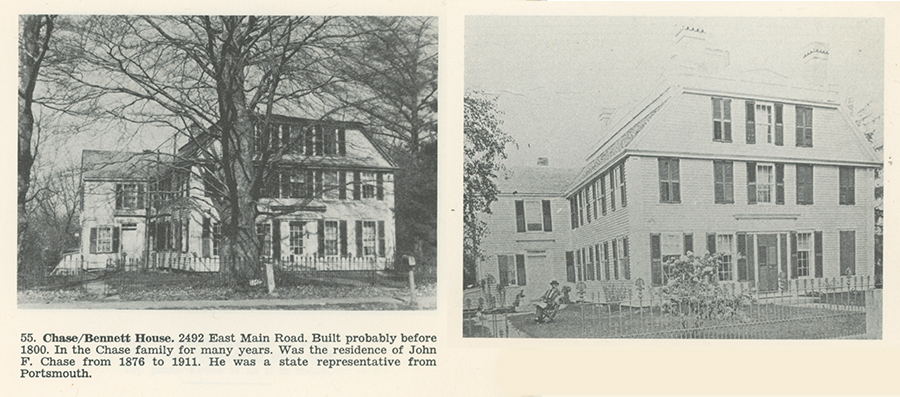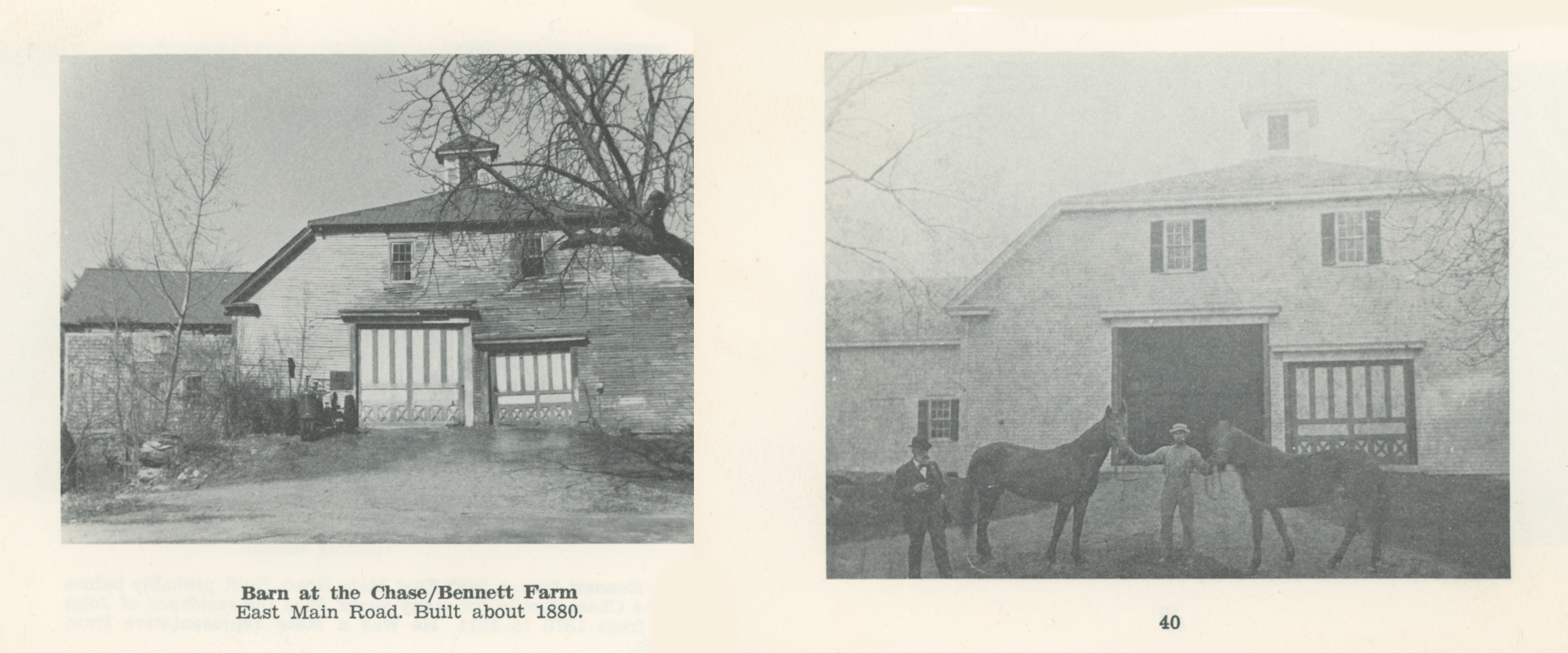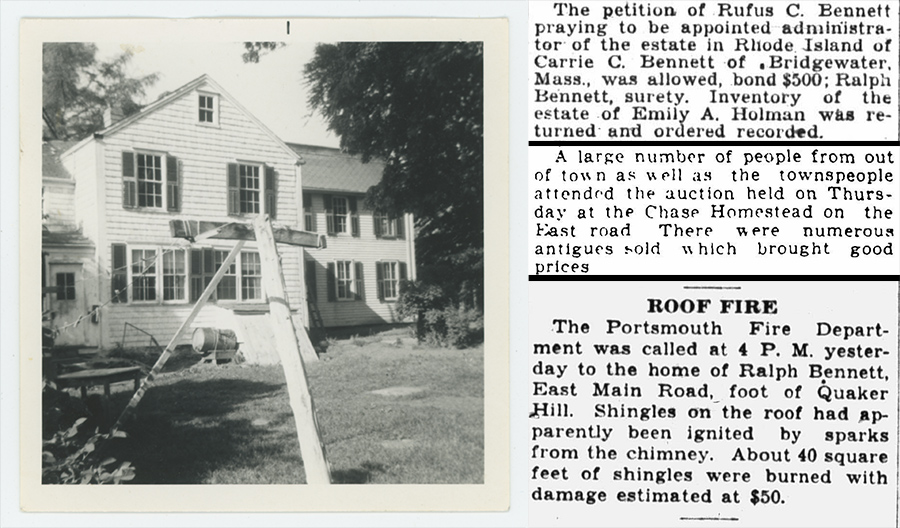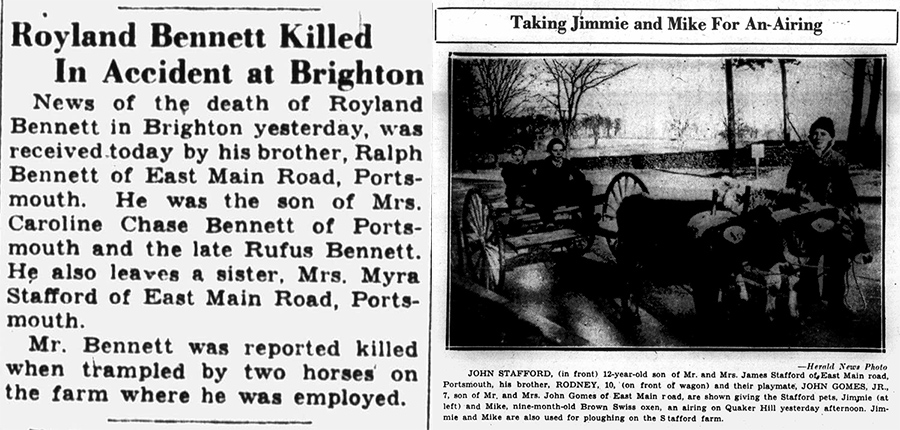House in the Forest
11/5/2025
We’ve done an article on a Grave in the Forest, and now we’re going to do one on a House in the Forest. Then stay tuned for the completion of the trilogy when we poke a stick at the Body in the Forest.

While not in the same forest as the Grave, although that would have made for a much more interesting story, this Victorian-era home sits amoungst the overgrowth, slowly succumbing to the elements. Towering trees shroud it in foliage during the summer and form skeletal neighbours in the winter. Worse are the vines encroaching from all sides, which find their way into any available gap.
While seemingly boarded up to keep the vagrants out, it beckoned me forward, ever curious throughout the years as to what may be inside. We’ll set aside exploration for the moment, however, and dig into some history, since this is primarily an educational site.

The home has few records for its earliest inhabitants, including whoever built it sometime in the 18th century. The more notable documentation starts with John Francis Chase, a state senator whose achievements are most certainly overshadowed by his magnificent beard.
He was married to Adeline Chase, and I happen to be working on cemetery restoration related to each of them—the parents of John F and the child cousins of Adeline. But more on those at a later time.

As you can see, the house was quite the estate at one point. It appears that the wing in the rear was removed at some time in the past. John F lived there until his death in 1911, at which point the home became the general residence for family members who were close enough to count. It had been for some time, according to a rotating cast as recorded in the census records over the years, with his sister and children living there in earlier days.

He was also responsible for having built a barn, with the property becoming a farm until its final days a century later. Horses and cows were the primary livestock. Pictured here is who I believe to be Reuben Jackson, a farmhand who moved up from either Virginia or Washington DC (based on what document you read) post-Civil War for work. The dates appear to match since Virginia’s portion of DC was returned around that time, and many of the slaves migrated to the capital before moving elsewhere.

But like many stories after a prominent figure’s passing, things didn’t hold together long. Adeline moved several towns away and lived with her daughter and family. She survived another ten years but passed in the early 1920s. From there, the estate passed to that daughter, with the other siblings living elsewhere, but it can only be assumed she received the property for being the primary caretaker of her mother.
The daughter died in the late 1920s, at which point the remaining family moved back into the house. The son-in-law was granted ownership in his wife’s passing but died only a few years later, leaving the eldest grandson and granddaughter as the sole caretakers.

Things don’t improve from there. The granddaughter lost her husband in a construction accident at a time before workplace safety became a concern. She remained in the house with her brother, and, according to the newspaper, they made ends meet by selling off the contents of the house.
The grandson had no steady employment and spent his time taming horses on a farm elsewhere, which would ultimately end in his death at the hands of the very animals he worked with. With the house nearly vacant except for a widowed mother and her two young children, the third grandson moved in to act as a caretaker, having no family of his own at that time.
There’s more to the story from this point on, involving injurious automobile accidents, prostitution, gambling debts, and a cow that fell into a gutter, but it’s best to leave some semblance of dignity to what once was an esteemed property. Ultimately, the farm lasted just over 100 years, before being sold off.

So, that leads us to today. The property was bought in hopes of turning it into a storefront of sorts, but part of the way through construction, it was abandoned. This led to an unfortunate situation where little of the old house remained, and instead there’s just a lot of sheetrock rotting.
Around the side, there was one doorway that had been pried off. Walking nimbly around the nails, which were still sticking straight up out of the plywood, I was able to hoist myself into the opening. This was where the rear wing had once been, and the staircase here is something that I don’t believe is original. It was also the home of someone who decided to make it a bedroom for a night or two, but I’m also assuming that was far in the past based on some other evidence, as we shall soon see.

I admit, I was hoping to find some mid-century aesthetics (19th or 20th, you pick), but instead it’s mostly a half-finished reno job. The sheetrock is up and screwed in place, but no plaster or mudding has taken place. Some is still in place, but much of his has fallen down and crumbled due to the elements.
Old job-site boomboxes can be found, along with some food containers from the grocery store not too far away. I imagine these are a mix from both the workers in 1988 and more recent transients. There’s also some graffiti, but it’s mainly keyed etching rather than spray paint. No pictures here, since at best, people were calling each other gay, and at worst, it’s so profane I’d rather just move on.

Moving up the questionably sound stairs to the second floor shows a more open floor plan. I also believe this isn’t original since there was an attic at one point and more contained rooms throughout. The railing is quite nice, and I like the solid beam extending across the house. As we move up closer to the roof, the elemental damage becomes more apparent, with large portions directly under the holes in the roof having turned into rubble.
It's at this point where I didn’t 100% trust the floor, so I kept to the edges and looked longingly from afar.

That, of course, didn’t stop me from moving upwards to the final frontier. If the second flight of stairs was iffy at best, these were outright dangerous. The top step was directly under one of the many holes in the roof, and my foot went through and down into the sheetrock below. I could hear debris raining down between the walls and into the unknown, where I might have joined them.
Only half of the original attic remains, but it does provide a nice view down to the floor below as well as out the window. Some eaves contain hidden spaces, but there were even more holes down to layers below, so I left them well enough alone.
It’s at this place (at a later visit deep into the night) where I heard two very distinct and deliberate footsteps below. They were audible enough to assume that I had some visitors. I ducked low and waited, but nothing came of it, so I can only assume it was ghosts. I only half-kid about this, since I have heard reports of familiar spirits ranging from grandparents appearing in doorways to a well in the basement that had an otherworldly influence beckoning you to fall in.

This left only the basement and the stories of the evil well. There was a mix of relief and disappointment when I found nothing but an old boiler down there in the pitch-black darkness. I believe it was actually in that now-removed wing, so aside from being in a lightless enclosure with only one way out and phantom footsteps stalking me, I was in relatively little danger. The worst thing to happen was the constant and continual banging of my head on the ceiling beams, since I honestly couldn’t see too far.

Not all was lost, however. Proving some truth to the late 80s renovation, I found this carton of Five Alive, one of my favourite drinks during my childhood. There was also a bottle of Mountain Dew MDX, a product of the Xtreme era and the brief fling of energy sodas before the Red Bull clones accepted that they just needed to be their own category.

And so, I bid the house farewell for the time being. Not for too long, however, since I returned later another night to perform some EVP paranormal research. One voice was very rude, and another told me it loved me, so it was a mixed bag.
I also recreated the ending to the Blair Witch Project shot-for-shot, so you can watch that below. Navigating the home without IR light was something else. The basement was especially thrilling since even the moonlight didn’t reach.
Happy late Halloween. I’ll try to get some more autumny Thanksgivingy things up soon.
